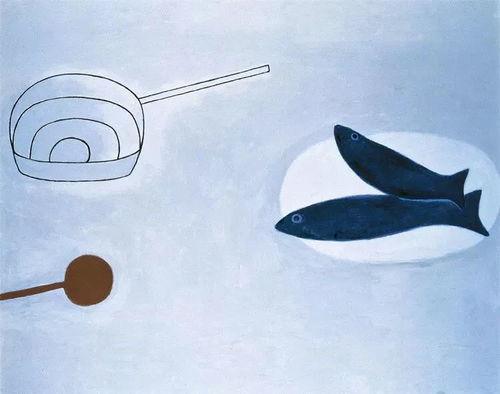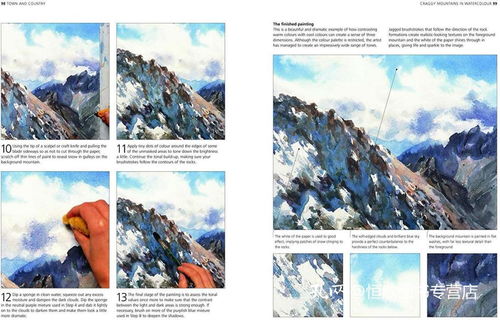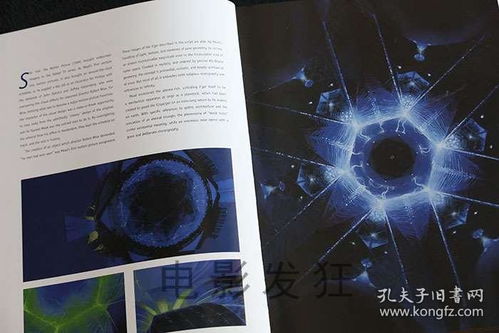Content:
Introduction: Black hole fishing, also known as black pit fishing, has gained immense popularity among anglers seeking a thrilling and challenging fishing experience. The term "black hole" refers to a specific type of fishing hole or pond where the water is often murky and visibility is limited. Finding the perfect spot in a black hole can be a daunting task, but with the right techniques and knowledge, you can increase your chances of success. In this article, we will explore the art of black hole fishing and provide you with valuable tips on how to find the best spots.
Research and Preparation: Before embarking on your black hole fishing adventure, it is crucial to conduct thorough research and preparation. Here are a few key steps to help you get started:
a. Location: Identify potential black hole fishing spots in your area. These spots are often found in rivers, lakes, or reservoirs with deep, dark water.
b. Time of Year: Black hole fishing is most effective during certain times of the year when water temperatures and weather conditions are favorable for the fish you are targeting.
c. Local Regulations: Familiarize yourself with the local fishing regulations and restrictions to ensure a legal and ethical fishing experience.
Gear Selection: Choosing the right gear is essential for successful black hole fishing. Here are some gear recommendations:
a. Rod and Reel: Opt for a medium-heavy action rod with a fast taper to handle the heavier lures and baits commonly used in black hole fishing.
b. Line: Use a monofilament line with a high breaking strength, such as 12-15 pounds, to handle the strong currents and heavy fish found in black holes.

c. Lures and Baits: Select lures and baits that are known to work well in murky water. Soft plastics, spinnerbaits, and crankbaits are popular choices.
Locating the Perfect Spot: Finding the ideal spot in a black hole can be challenging, but here are some techniques to help you pinpoint the best locations:
a. Depth and Structure: Look for areas with varying depths and structural elements such as submerged logs, rocks, or vegetation. These spots often attract fish seeking cover and forage.
b. Current Patterns: Observe the current patterns in the black hole. Fish tend to congregate in areas where the current creates eddies or slower water.
c. Look for Signatures: Pay attention to any visible signs of fish activity, such as surface disturbances, splashes, or bubbles. These signatures can indicate the presence of fish in the area.
Presenting Your Lure: Once you have found a promising spot, it is crucial to present your lure effectively. Here are some tips to improve your chances:
a. Slow and Steady: In murky water, it is important to work your lure slowly and steadily. This allows the fish to see and react to your bait.
b. Vary Your retrieve: Experiment with different retrieves, such as a steady retrieve, a stop-and-go motion, or a twitch-and-pause technique. This can trigger strikes from fish that may be hesitant to bite.
c. Adjust Your Approach: If you are not getting any bites, try changing your lure color, size, or type. Sometimes, the smallest adjustments can make a significant difference.
Patience and Persistence: Black hole fishing can be frustrating, especially when the fish are not biting. Maintain patience and persistence throughout your fishing trip. Remember that success often comes with time and practice.
Conclusion: Black hole fishing offers a unique and challenging fishing experience. By following these tips and techniques on how to find the perfect spot, selecting the right gear, and mastering your lure presentation, you can increase your chances of success. Remember to always practice ethical fishing and respect the environment. Happy fishing!












